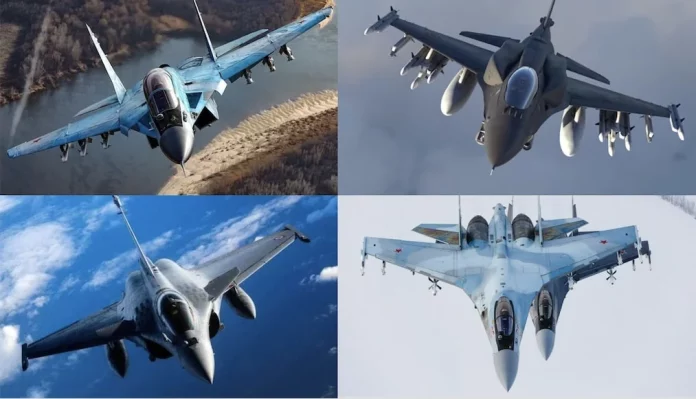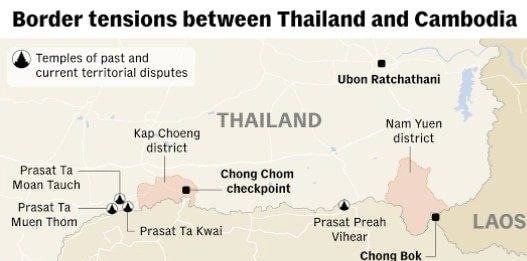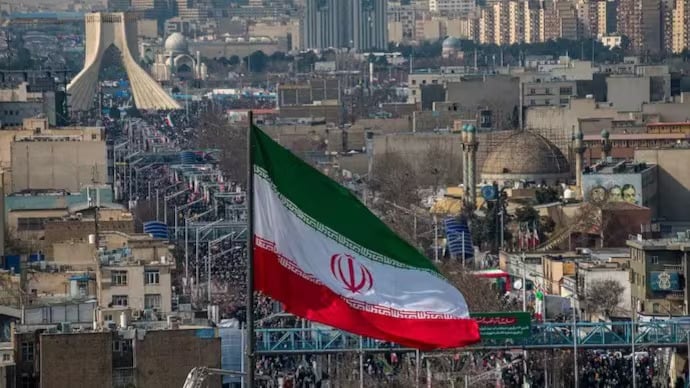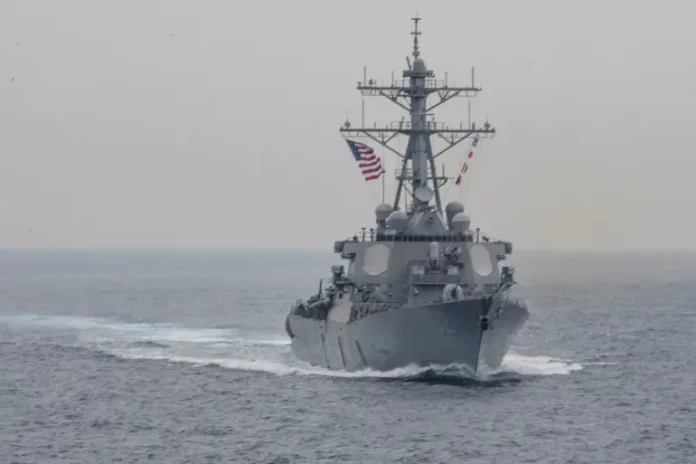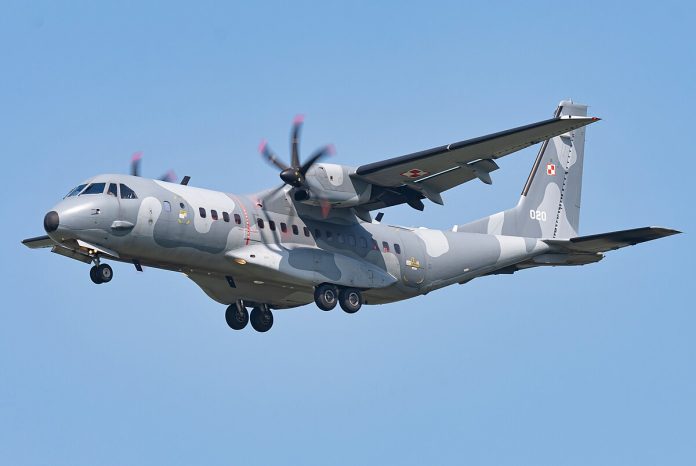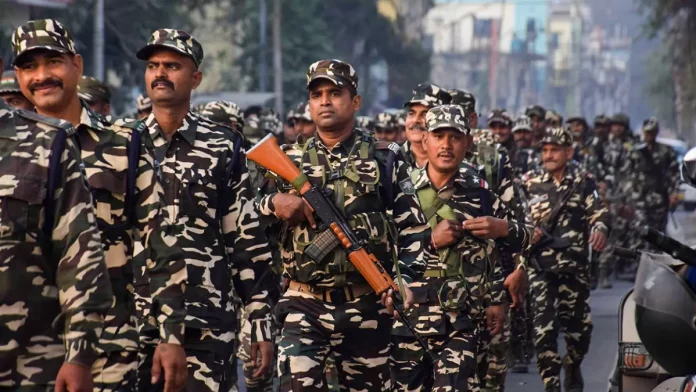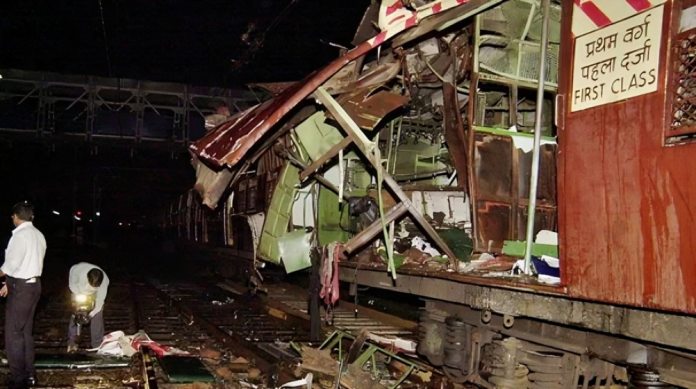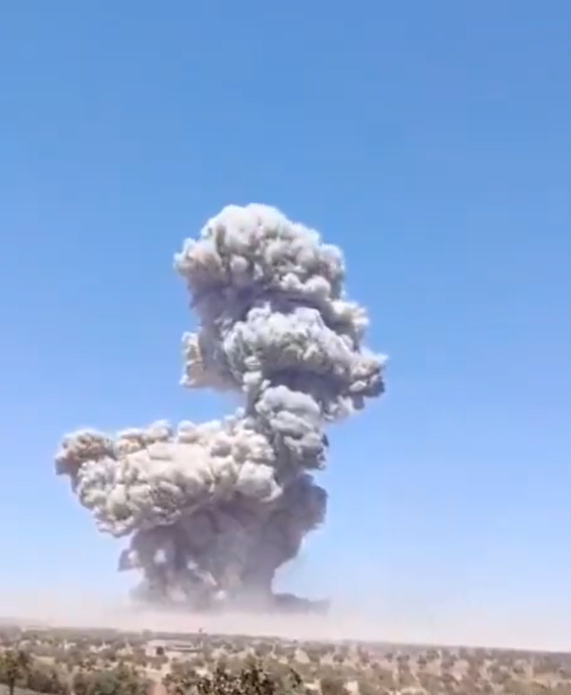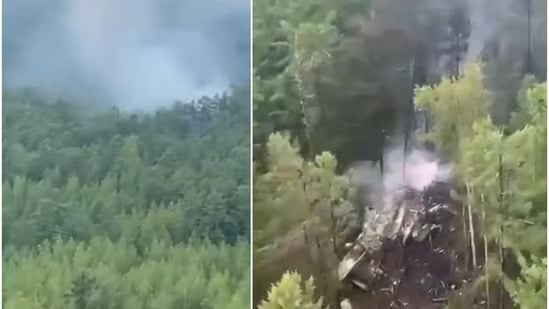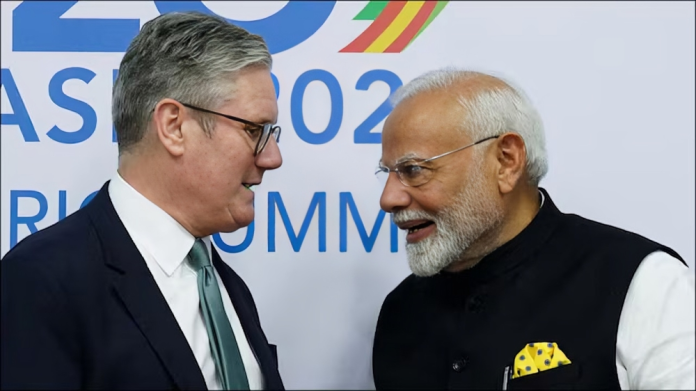The Indian Air Force (IAF) is actively exploring the procurement of two to three squadrons of fifth-generation fighter jets from foreign sources to bolster its combat readiness until the indigenous Advanced Medium Combat Aircraft (AMCA) becomes operational, defence sources said on Wednesday.
Each squadron typically comprises 18 to 20 fighter aircraft, meaning the IAF is eyeing an interim purchase of approximately 40 to 60 fifth-generation fighters.
The proposal, presented recently to the government in a high-level meeting, is aimed at maintaining the IAF’s technological edge, particularly amid growing concerns about China’s rapid airpower advancements and its potential transfer of fifth-generation jets to Pakistan. The plan has received support from a defence ministry committee led by Defence Secretary Giridhar Aramane, which emphasised the need for deterrence along India’s northern and western frontiers.
While no final decision has been taken, official-level discussions are ongoing. The United States has reportedly offered its F-35 Lightning II stealth fighter, and Russia has proposed the Su-57 Felon. India had earlier exited the joint Fifth Generation Fighter Aircraft (FGFA) project with Russia but retains the option to rejoin.
In parallel, India is also pursuing a separate programme to manufacture 114 next-generation 4.5+ fighters in collaboration with a foreign partner under the ‘Make in India’ initiative. This may result in a government-to-government deal following a competitive tender process.
With China progressing toward sixth-generation fighters, the IAF’s push for modernisation reflects a strategic urgency to fill capability gaps before the AMCA enters service later this decade.

